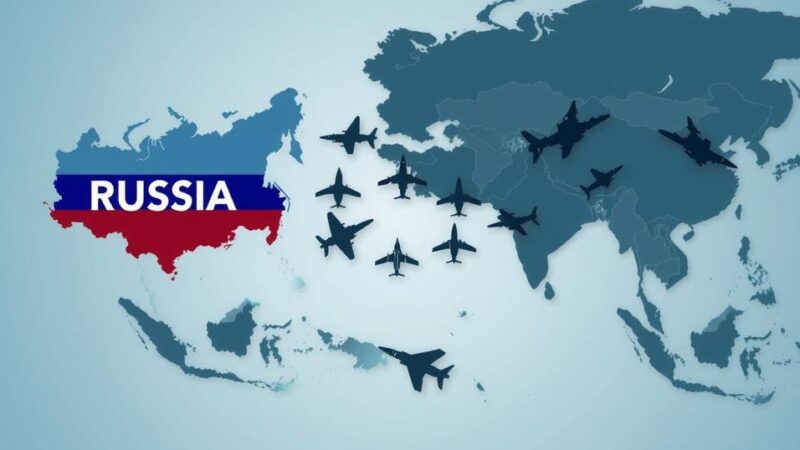Southeast Asian leaders met in Laos to discuss Myanmar’s civil war and South China Sea tensions. U.S. and Chinese participation highlights geopolitical stakes. Discussions center on regional cooperation, but concerns remain regarding ASEAN’s effectiveness in addressing these issues, particularly the lack of progress in Myanmar’s situation.
Southeast Asian leaders convened in Vientiane, Laos, for the ASEAN summit, focusing on the ongoing civil war in Myanmar and rising tensions in the South China Sea. The summit serves as a platform for ASEAN to address its credibility issues amidst regional crises and includes participation from global powers such as the United States, China, and Russia. The discussions will extend beyond regional issues to address the escalating conflict in the Middle East, though Southeast Asia has faced only indirect repercussions. The bloc’s member states, comprising Indonesia, Thailand, Singapore, Philippines, Vietnam, Malaysia, Myanmar, Cambodia, Brunei, and Laos, are expected to deliberate on various subjects, including economic cooperation and climate change. Notably, Lao Prime Minister Sonexay Siphandone expressed a commitment to unity and collaboration within ASEAN during his opening remarks, highlighting the importance of regional cooperation. The summit welcomes new leaders, including Thailand’s Paetongtarn Shinawatra, the youngest leader at 38 years of age, and Singapore’s Lawrence Wong. However, Indonesia’s President Joko Widodo is absent, sending Vice President Ma’ruf Amin instead. U.S. Secretary of State Antony Blinken will represent the United States, while Chinese Premier Li Qiang will stand in for the Chinese leadership. A key point of the agenda will be the tense relations between the U.S. and China, particularly concerning Chinese assertiveness in the South China Sea, where ASEAN members like Vietnam and the Philippines have overlapping territorial claims with China. Efforts for a binding code of conduct to manage these disputes have been stalled, exacerbated by increased incidents involving Chinese and Philippine vessels. On the Myanmar front, the United States urges ASEAN to maintain pressure on the military junta following a lack of progress on a peace plan established by the bloc. Concerns persist that Myanmar’s military government may hold elections next year that lack genuine representation, potentially inciting further violence. Indonesia’s Foreign Ministry spokesperson noted Thailand’s plans to facilitate discussions about Myanmar, although the overall outlook for reconciliation remains bleak. The inclusion of Myanmar’s Foreign Ministry permanent secretary at the summit—its first high-level representative in three years—has raised concerns regarding ASEAN’s commitment to addressing the crisis effectively. Observers suggest the move might reflect ASEAN’s fatigue with the ongoing turmoil in Myanmar, yielding little hope for significant breakthroughs in future negotiations.
The situation in Myanmar and the South China Sea represents significant challenges for ASEAN, which consists of ten member states. The civil war in Myanmar began following a military coup in 2021, leading to sustained conflict against pro-democracy forces and ethnic rebels. In the South China Sea, various nations are embroiled in territorial disputes with China, which claims extensive sovereignty over the waters. This has led to heightened tensions and confrontations among the claimant countries, including Vietnam, the Philippines, and Malaysia, as they confront China’s assertive maritime actions. ASEAN’s historical role has been overshadowed by its limitations in influencing member actions, yet it is a crucial forum for international dialogue on regional peace and cooperation.
In summary, the ASEAN summit in Laos aims to address pressing issues, notably the civil war in Myanmar and tensions in the South China Sea. The participation of global powers underscores the geopolitical stakes in the region. Although discussions will take place on critical matters of regional stability and cooperation, skepticism remains about the efficacy of ASEAN’s resolutions, particularly regarding Myanmar’s political situation and the ongoing challenges in the South China Sea. The outcomes of this summit may be pivotal in determining ASEAN’s future relevance and ability to foster peace within its member states.
Original Source: www.thespec.com






